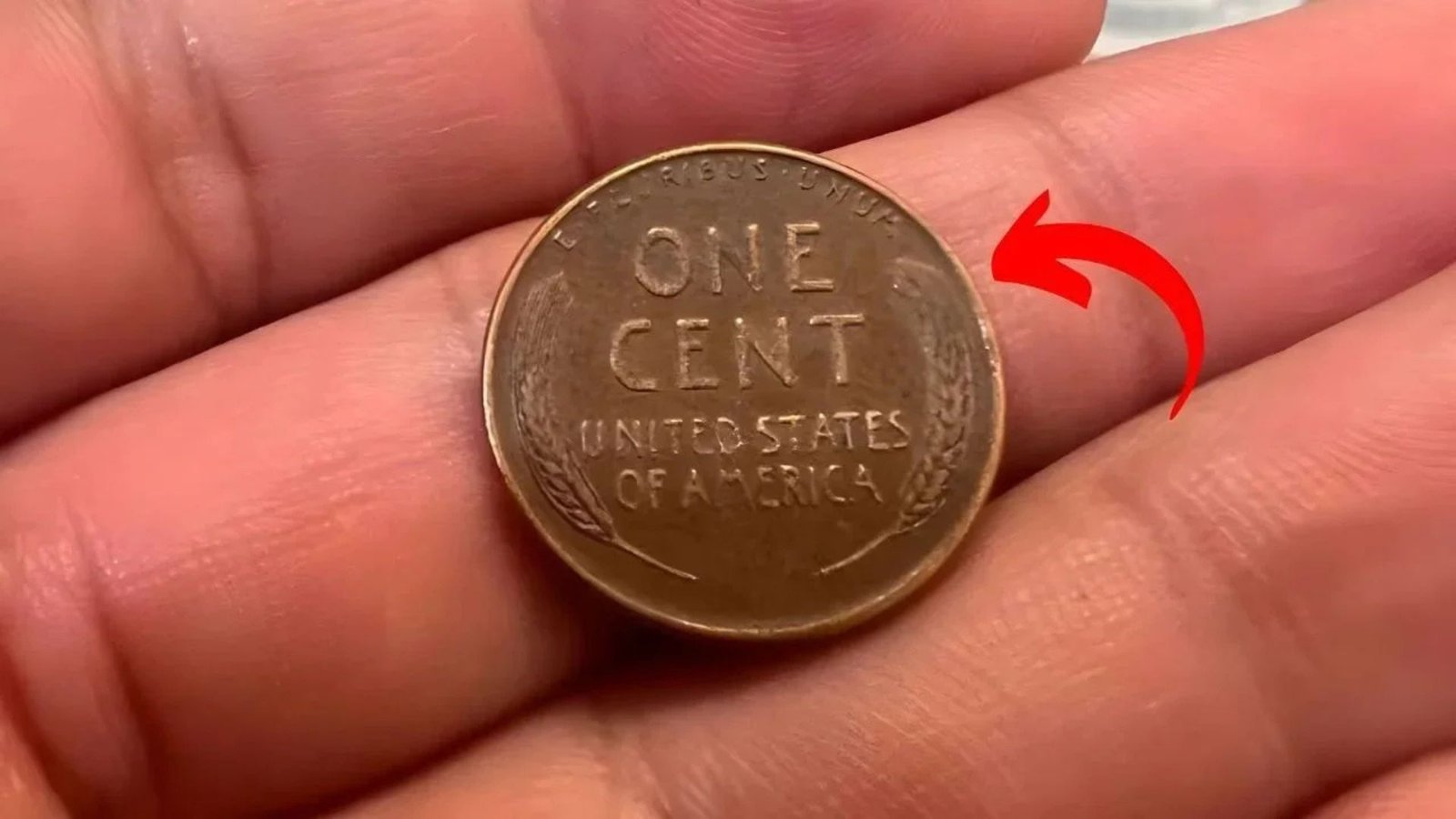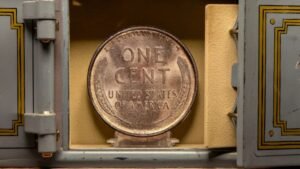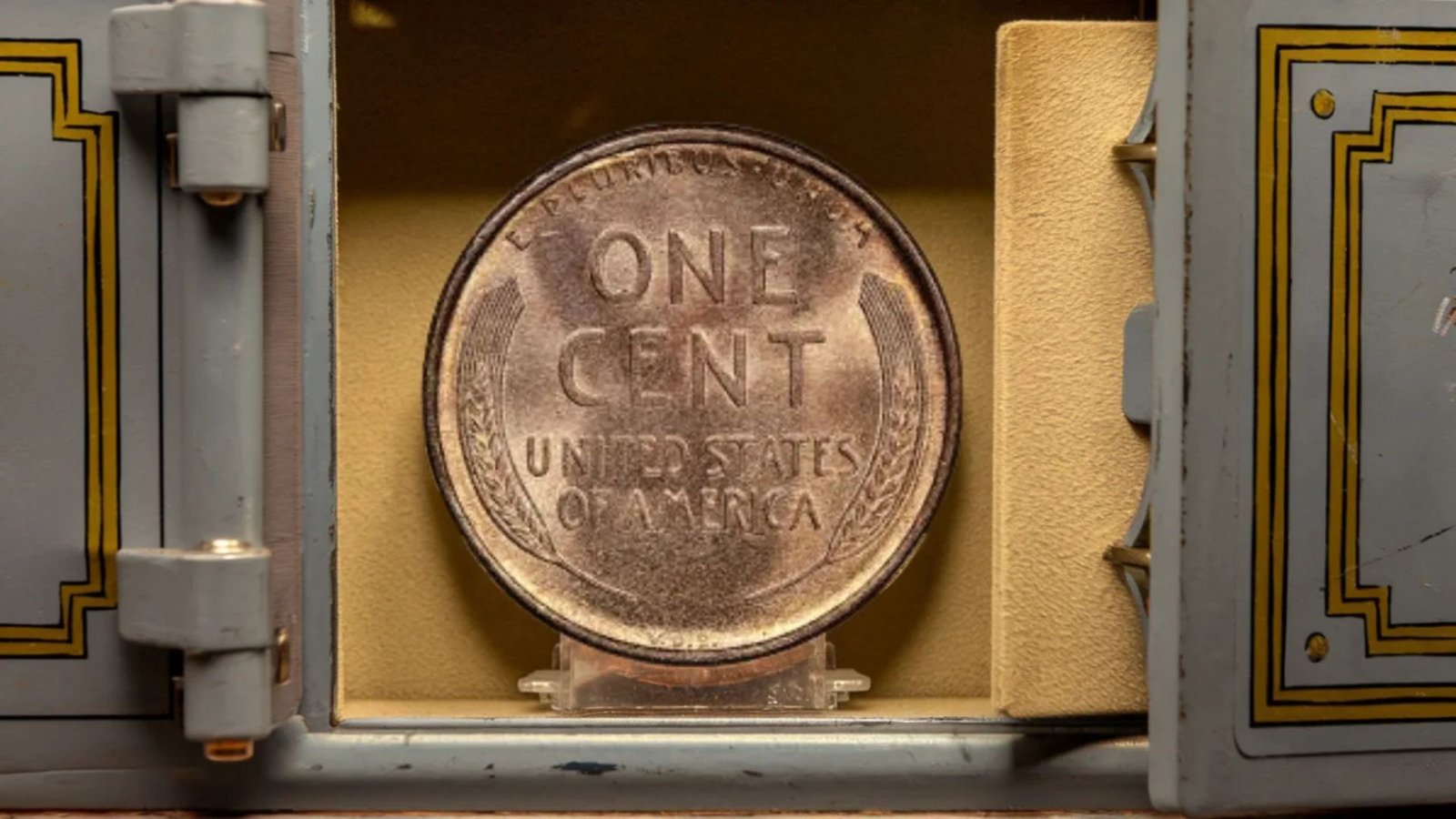Have you ever tossed a penny into a jar or left it in your car without a second thought? Most of us don’t pay much attention to pennies, but what if one of those coins was worth millions? In the exciting world of coin collecting, the Lincoln Wheat Penny is a surprising treasure that could be hiding in your pocket. Let’s dive into why these coins are so special and how you might spot a rare one.
What Is the Lincoln Wheat Penny?
A Coin with History
The Lincoln Wheat Penny was first made in 1909 to celebrate Abraham Lincoln’s 100th birthday. It was the first U.S. coin to show a real person instead of a symbol like Lady Liberty. Designed by Victor D. Brenner, the coin has Lincoln’s face on one side and two wheat stalks on the other, giving it the “Wheat Penny” name. This design was used until 1958 and is still loved by collectors today.
Why Are Some Lincoln Wheat Pennies Worth Millions?
The Rare 1943 Bronze Penny
During World War II, in 1943, the U.S. Mint switched to making pennies from steel to save copper for the war. But a tiny mistake happened: a few pennies were made with bronze by accident. These 1943 bronze pennies are super rare because they weren’t supposed to exist. One of these coins is said to be worth up to $23 million because it’s so hard to find, has a cool history, and is in great shape.
Other Valuable Mistakes
Some Lincoln Wheat Pennies are valuable because of errors made when they were created. These include:
- Double die errors: The design looks doubled or blurry.
- Off-center strikes: The design is misaligned or incomplete.
- Wrong metal errors: Like the 1943 bronze penny or a 1944 steel penny.
These mistakes make the coins unique, and collectors pay big money for them.
Could You Have a Million-Dollar Penny?
How to Spot a Rare Penny
Believe it or not, valuable Lincoln Wheat Pennies might still be out there—in your change, a jar, or even at the bank. Here’s how to check:
- Look at the year: Check for 1943 (should be steel) or 1944 (should be copper). If the color seems wrong, it could be rare.
- Try a magnet: Steel pennies stick to magnets, but copper or bronze ones don’t.
- Weigh the coin: Copper pennies weigh about 3.11 grams, while steel ones are lighter at around 2.7 grams.
- Don’t clean it: Cleaning a coin can lower its value. Hold it by the edges and keep it safe.
What to Do If You Find a Rare Penny
Get It Checked
If you think you’ve found a valuable penny, don’t sell it right away. Take it to a professional coin grading service like PCGS (Professional Coin Grading Service) or NGC (Numismatic Guaranty Corporation). They’ll verify if it’s real and tell you its condition.
Sell Smart
When you’re ready to sell, go to trusted auction houses like Heritage Auctions or Stack’s Bowers. These places specialize in rare coins and will help you get the best price from serious collectors.
Why Collectors Love Lincoln Wheat Pennies
More Than Money
The idea of finding a $23 million penny is thrilling, but collecting coins is about more than just cash. Each penny tells a story about America’s past, from wars to presidents. Searching for these coins is like a treasure hunt, connecting you to history in a fun way.
Conclusion: Don’t Ignore That Penny!
Next time you see a Lincoln Wheat Penny, take a closer look. That small coin could be worth a fortune—or at least spark your curiosity about coin collecting. Whether you find a rare gem or just enjoy the hunt, pennies remind us that even the tiniest things can hold big surprises. So, check your change, dig through that coin jar, and start your treasure hunt today!














